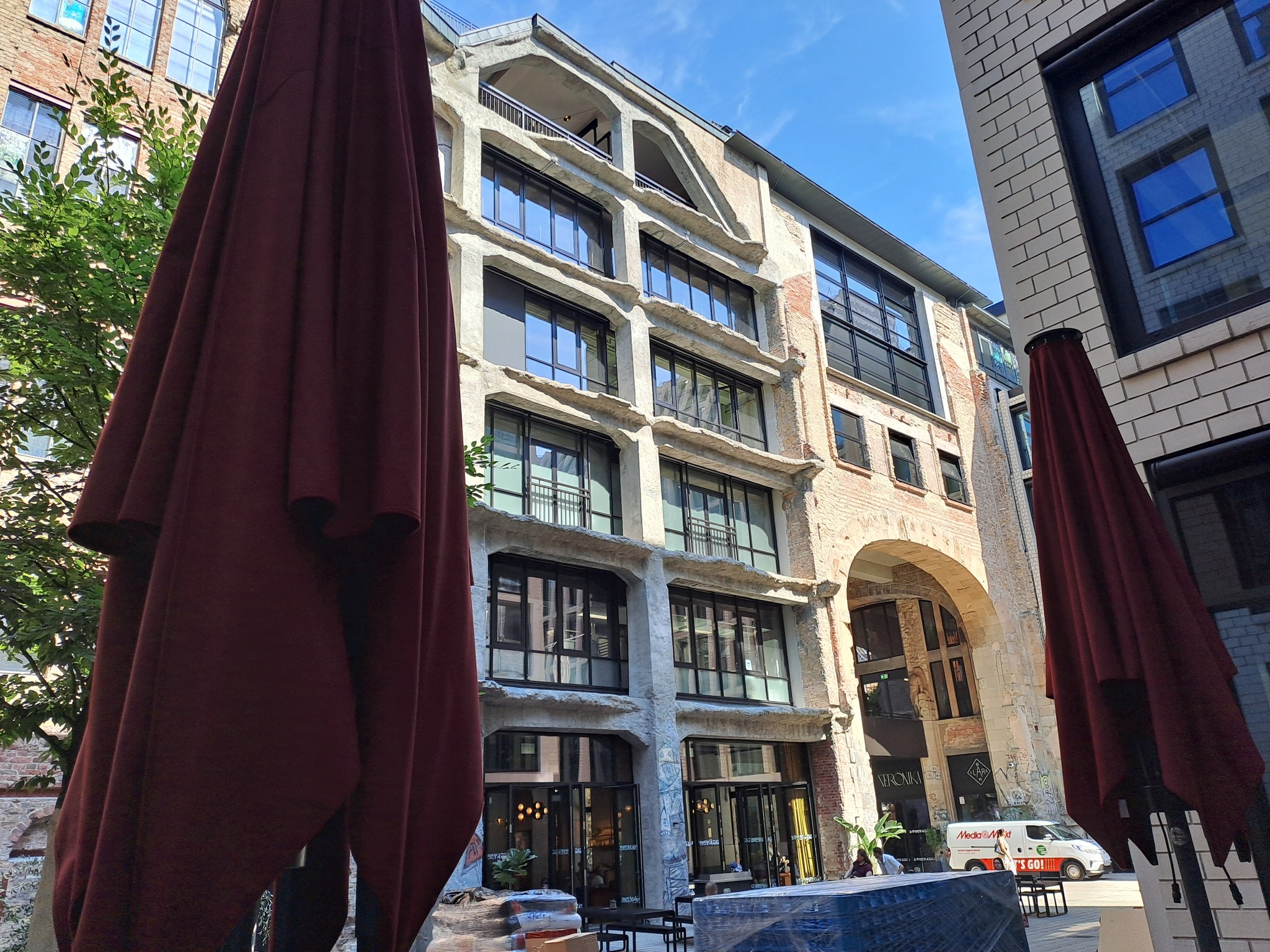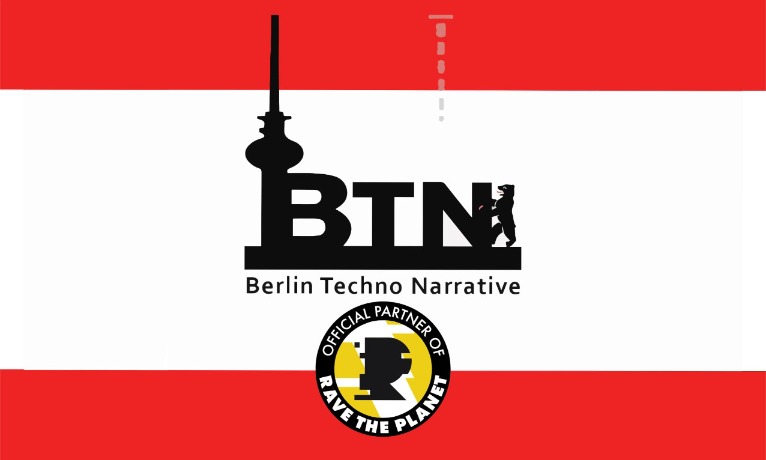Tacheles
Friedrichstraße 110, 10117 Berlin

One of the first electronic dance clubs in the East was the Ständige Vertretung, located in the cellars under the Art House Tacheles. This venue was opened in February 1990 by a group of Australians who cleared the ruins of the basement of the former AEG "House of Technology," in what was then a Temporary Autonomous Zone on Oranienburger Straße, which no longer exists today.
The Art House Tacheles, named after an artists' initiative, was considered the hub of alternative art in Berlin from 1990 until its closure in 2012. Built between 1907 and 1909 using the most modern reinforced concrete construction techniques of the time, the building housed more than 100 shops and entertainment venues. From 1928 onwards, it was used by AEG as the "House of Technology." After the war, the heavily damaged building was only partially repaired.
In the 1970s, the "Camera" cinema, run by the national film archive, was installed there. Cinephiles from East Berlin could discover cinematic treasures rarely shown in the cinemas of the GDR. However, the building gradually deteriorated, and the "Camera" cinema moved out. The demolition of the rest of the building was planned for 1990.
In February 1990, squatters occupied the building, thus preventing its demolition. In the following years, the Kunsthaus Tacheles became a symbol of experimental production and an institution of the alternative cultural scene, attracting activists from all over the world. The outer walls were adorned with monumental murals, the courtyard housed steel sculpture gardens, and the staircases and corridors were covered with graffiti, posters, and stickers. Art exhibitions and performances by artists of different nationalities were organized there, with groups like Spiral Tribe and Mutoid Waste Company.
The building housed about thirty studios, exhibition spaces for contemporary art, a cinema, bars, a club, and large rooms for theatrical performances. To access the club, one had to go through a door and descend a staircase among the rubble. The dancers, dressed extravagantly according to a specific dress code for each evening, wore neither platform shoes nor reflective vests. This club became the hotspot of the East. DJs like Dr. Motte and other figures of the Berlin scene, then little known outside Berlin, took turns at the turntables.
The club operators tapped electricity from the neighboring building. A few old televisions flickered, and there were few places to sit, with most of the space reserved for the dance floor.
However, the building, with its 1,250 m² plot and central location, attracted the interest of investors. It was sold for just under 3 million marks in 1998. The artists, organized into an association, managed to sign a ten-year lease with the new owner, until December 31, 2008, thus preserving this Berlin treasure for a time.
Failing to agree with the owner on a contract extension, the artists squatted and managed the building again in the following years. In September 2012, the occupants were finally evicted, and the venue was closed amid protests.
Today, the building has been renovated and now houses various buildings including offices, apartments, and artists' studios.














